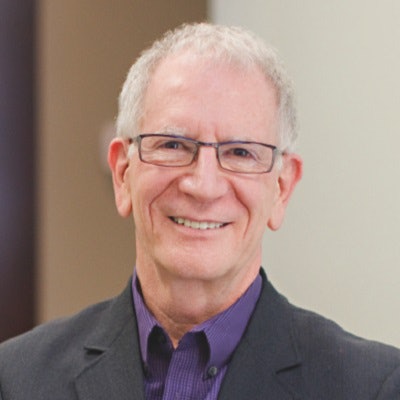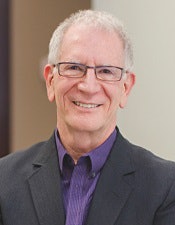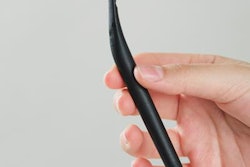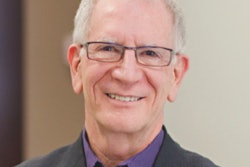
In my September 7 column, I wrote how I believe dentistry is getting it wrong. I challenged, you, my dental colleagues, to become educated about the biological causes of dental disease. I also challenged our profession to implement an education program for their patients about biological prevention.
Here is my summary of how to implement a biological prevention program in the dental office. I call my program Beat the Beast of Dental Disease.
Beat the Beast of Dental Disease
My program contains five steps for a biological prevention program in the dental office.
1. Teach the important points of human evolution and its effect on dental health.
 Alvin Danenberg, DDS.
Alvin Danenberg, DDS.Throughout human evolution, our species rarely experienced gum disease or tooth decay. We know this from our primal ancestors' skeletal remains, which generally have demonstrated healthy teeth and healthy jawbones. Nutrient-dense foods (most of which have been anti-inflammatory) have been the mainstay of almost all diets of primitive societies. There are primal societies today who still consume these types of foods and who rarely have tooth decay or gum disease.
2. Explain how the mouth fell out of balance.
As civilized societies began eating processed grains and sugars, the incidence of dental disease began to rise. After processed foods replaced farm-fresh foods, additional chemicals were added to these foods, which affected the health of the mouth as well as the rest of the body. These foods and chemicals frequently caused good bacteria in the gut to be overwhelmed by harmful bacteria. These bad bacteria harmed the gut lining and the immune system.
These changes led to chronic inflammation traveling throughout the entire body. Ultimately, the healthy balance of bacteria in the mouth changed. As bad bacteria grew to unhealthy levels in the mouth, tooth decay and gum disease proliferated. A vicious cycle began between inflammation and infection in the mouth and inflammation and infection in the gut and throughout the body. Our body was out of balance.
3. Describe what the mouth needs to stay in balance.
“My program contains five steps for a biological prevention program in the dental office.”
The mouth requires the proper nutrients to stay healthy and in balance naturally. This includes eating various food products from animals that are allowed to graze naturally and are caught wild, as well as many varieties of vegetables, fruits, nuts, and seeds. Ideally, foods should be raised and grown organically. All the natural macronutrients (proteins, carbohydrates, and fats), as well as vitamins and minerals, that will maintain strong and healthy teeth are provided in these foods.
4. Identify what is damaging the body's ability to maintain a healthy mouth.
Foods that disrupt the body's ability to function as it was designed to function must be eliminated from the diet. All processed foods have various damaging effects on the cells of the body. Specific foods such as processed grains, sugars, artificial sweeteners, man-made fats, and sodas of any type are specifically harmful. These foods also do not provide the critical nutrients necessary for cellular health. Chemicals and other toxic substances that are incorporated in processed foods further damage the body and disturb the delicate balance.
5. Demonstrate the methods to mechanically keep the mouth in balance.
This includes brushing at the gumline, cleaning between the teeth, and scraping the top surface of the tongue.
My five-step program could be promoted through social media and marketing efforts used by the dental office. All members of the dental team would need to be familiar with these concepts and must be on board with the science and benefits. Flyers and posters featuring colorful and appealing graphics could be placed in the reception room, further educating patients about the program. Pamphlets summarizing the major points of the program could be produced and provided to interested patients. One-on-one demonstrations of the methods to mechanically and appropriately clean the mouth should be part of every dental hygiene cleaning appointment.
For patients who are motivated to make a change, a nutrition appointment customized for them could go into more detail of the good foods that need to be eaten and the harmful foods that need to be eliminated from their diet.
A version of this column first ran on Dr. Danenberg's blog. DrBicuspid.com appreciates the opportunity to reprint it. Future columns will address how dentists can serve their patients and their profession.
Alvin Danenberg, DDS, practices at the Bluffton Center for Dentistry in Bluffton, SC. He is also on the faculty of the College of Integrative Medicine and created its integrative periodontal teaching module. He also spent two years as chief of periodontics at Charleston Air Force Base earlier in his career. His website is drdanenberg.com.
The comments and observations expressed herein do not necessarily reflect the opinions of DrBicuspid.com, nor should they be construed as an endorsement or admonishment of any particular idea, vendor, or organization.


















